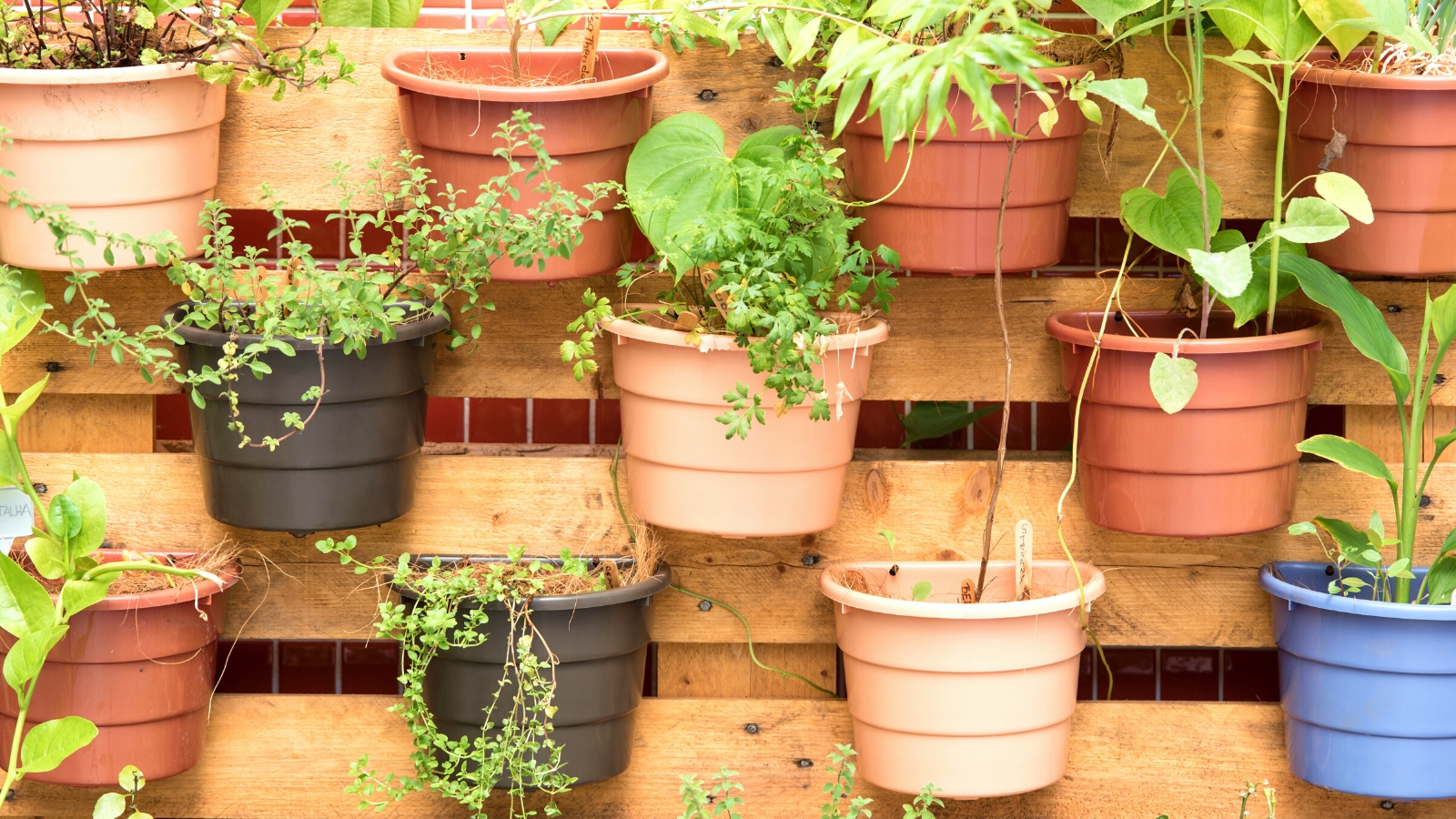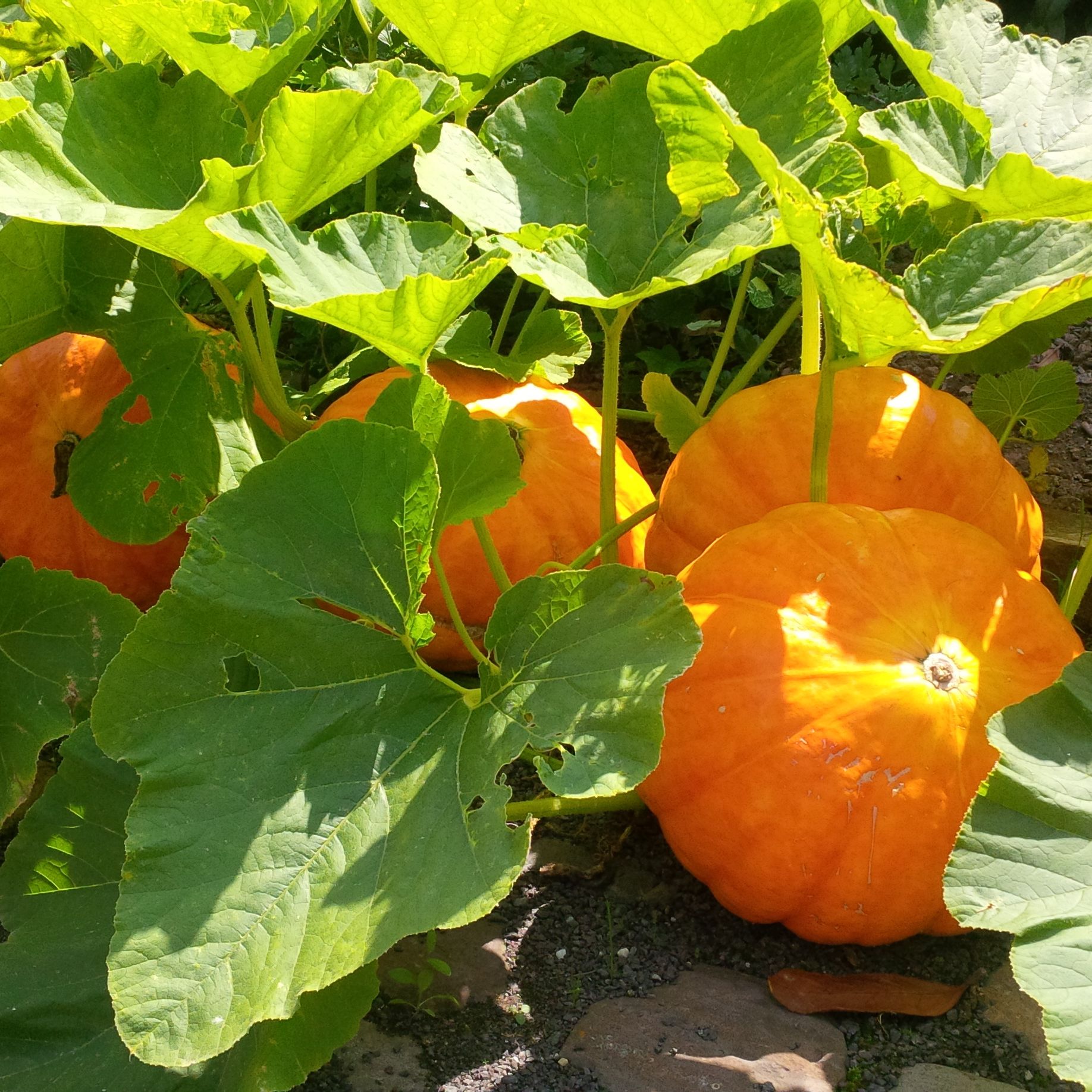Looking to bring a touch of greenery into your apartment or office, but limited on space? Look no further! In this article, we will explore the best indoor plants for small spaces, whether you’re in a cozy apartment, a bustling office, or a cramped dorm room. Discover how these plants can not only add beauty to your surroundings but also provide a sense of tranquility and well-being. Get ready to bring the wonders of nature into your confined environment with these top indoor plants!
The Best Indoor Plants for Small Spaces: Bringing Nature to your Apartment or Office
If you’re limited on space but still want to enjoy the benefits of indoor plants, this article is for you. It explores the top indoor plants that are well-suited for small spaces such as apartments, offices, or dorm rooms, allowing you to bring the beauty and tranquility of nature into your confined environment.

This image is property of media.architecturaldigest.com.
1. Snake Plant

1.1 Description
The Snake Plant, also known as Sansevieria or Mother-in-Law’s Tongue, is a popular choice for indoor plants. It has long, upright leaves that are thick and leathery, with a green color and yellow border. This plant can grow up to three feet tall and is known for its air-purifying qualities.
1.2 Care and Maintenance
Taking care of a Snake Plant is relatively low maintenance, making it perfect for those with busy lifestyles. It thrives in indirect light and can tolerate a range of temperatures from 55°F to 85°F. Watering should be done sparingly, allowing the soil to dry out between waterings. Overwatering can be detrimental to the plant’s health.
1.3 Benefits
The Snake Plant is not only aesthetically pleasing but also offers several benefits. It is known to remove toxins from the air, including formaldehyde, benzene, and trichloroethylene. Additionally, it releases oxygen at night, making it an ideal bedroom plant for promoting a better night’s sleep.
2. Peace Lily

2.1 Description
The Peace Lily, scientifically known as Spathiphyllum, is a beautiful flowering plant that adds elegance to any indoor space. It has dark green leaves and produces white flowers that resemble lilies. This plant is popular for its ability to thrive in low-light conditions.
2.2 Care and Maintenance
Caring for a Peace Lily involves keeping the soil consistently moist but not overly saturated. It prefers indirect light but can tolerate low-light conditions. The Peace Lily is sensitive to chlorine and other chemicals in tap water, so using filtered water or allowing tap water to sit out overnight before watering is recommended.
2.3 Benefits
Aside from its beauty, the Peace Lily is known for its air-purifying properties. It helps remove toxins such as ammonia, formaldehyde, and benzene from the air, making it an excellent choice for improving indoor air quality. Additionally, it can increase humidity levels, benefiting both you and your indoor environment.
3. Spider Plant

3.1 Description
The Spider Plant, or Chlorophytum comosum, is a versatile and easy-to-grow plant that adds a touch of greenery to small spaces. It has long, arching leaves that are typically green with white stripes. This plant produces long stems adorned with small offshoots that resemble little spiders, giving it its unique name.
3.2 Care and Maintenance
Spider Plants are relatively low maintenance and can thrive in a variety of light conditions, although they prefer bright, indirect light. They should be watered when the top inch of soil feels dry, and they are sensitive to overwatering. Spider Plants are also known for producing offshoots or “spiderettes,” which can be rooted and grown into new plants.
3.3 Benefits
In addition to its aesthetic appeal, the Spider Plant has been found to remove toxins such as formaldehyde and xylene from the air. It also helps increase oxygen levels and can improve indoor air quality. With its ability to reproduce easily, the Spider Plant is a great choice for those looking to expand their indoor plant collection.
4. ZZ Plant

4.1 Description
The ZZ Plant, scientifically known as Zamioculcas zamiifolia, is a popular choice for indoor plants due to its unique appearance and low-maintenance nature. It has thick, glossy leaves that are dark green and waxy, giving it a tropical vibe. The ZZ Plant is known for its ability to tolerate neglect and thrive in low-light conditions.
4.2 Care and Maintenance
Caring for a ZZ Plant is relatively easy, making it an excellent choice for beginners. It can tolerate a wide range of light conditions, from low light to bright indirect light. The ZZ Plant prefers to be on the drier side, so it should be watered sparingly, allowing the soil to dry out completely between waterings.
4.3 Benefits
Not only is the ZZ Plant visually appealing, but it also helps purify the air by removing toxins such as formaldehyde, xylene, and toluene. Its ability to tolerate low-light conditions makes it an ideal choice for areas where other plants might struggle to thrive. The ZZ Plant is also known to be pet-friendly, making it safe for households with pets.
5. Aloe Vera

5.1 Description
Aloe Vera is a popular succulent plant known for its medicinal properties and ability to thrive indoors. It has thick, fleshy leaves that contain a gel-like substance known for its soothing and healing properties. Aloe Vera plants can grow up to three feet tall and are often grown for both decorative and practical purposes.
5.2 Care and Maintenance
Aloe Vera plants are relatively low maintenance and can tolerate a wide range of light conditions, although they prefer bright, indirect light. They should be watered deeply but infrequently, allowing the soil to dry out completely between waterings. Overwatering can lead to root rot and other issues.
5.3 Benefits
Aside from its aesthetic appeal, Aloe Vera has several benefits. The gel within its leaves can be used topically to soothe burns, cuts, and other skin irritations. Aloe Vera also purifies the air by removing formaldehyde and benzene, making it an excellent choice for indoor spaces. Additionally, it produces oxygen at night, enhancing the air quality in your bedroom.
6. Pothos

6.1 Description
Pothos, or Epipremnum aureum, is a popular trailing vine plant that adds a touch of green to any small space. It has heart-shaped leaves that are often variegated with shades of green, yellow, or white. Pothos is renowned for its ability to grow in a variety of indoor conditions.
6.2 Care and Maintenance
Caring for a Pothos plant is relatively easy, even for those without a green thumb. It can tolerate a range of light conditions, from low light to bright indirect light. Pothos prefers to be watered when the top inch of soil feels dry. Overwatering should be avoided, as it can lead to root rot.
6.3 Benefits
Pothos is not only visually appealing but also has air-purifying qualities. It helps remove toxins such as formaldehyde, benzene, and xylene from the air, making it an excellent choice for improving indoor air quality. Pothos is also known for its ability to remove carbon monoxide, making it a beneficial plant for kitchens or areas with gas appliances.
7. Bamboo Palm

7.1 Description
The Bamboo Palm, or Chamaedorea seifrizii, is a compact palm plant that adds a tropical touch to any small space. It has feathery, arching fronds that resemble bamboo, hence its name. This plant is popular for its ability to thrive in low-light conditions.
7.2 Care and Maintenance
Taking care of a Bamboo Palm involves providing it with indirect light or filtered sunlight. It prefers to be kept evenly moist but not overly saturated. The Bamboo Palm benefits from occasional misting, as it appreciates higher humidity levels.
7.3 Benefits
In addition to its visual appeal, the Bamboo Palm offers several benefits. It is known to purify the air by removing toxins such as formaldehyde, benzene, and trichloroethylene. The presence of a Bamboo Palm can also help to increase humidity levels, making it an excellent choice for dry indoor environments.
8. English Ivy

8.1 Description
English Ivy, or Hedera helix, is a versatile and fast-growing vine plant that adds a touch of elegance to small spaces. It has small, lobed leaves that are dark green with a glossy texture. English Ivy is known for its vigorous growth and ability to cascade beautifully down shelves or walls.
8.2 Care and Maintenance
Caring for English Ivy involves providing it with bright, indirect light or filtered sunlight. It prefers to be kept evenly moist but not overly saturated. English Ivy benefits from occasional misting, as it appreciates higher humidity levels.
8.3 Benefits
Apart from its aesthetic appeal, English Ivy offers several benefits. It is known to remove toxins such as benzene, formaldehyde, and xylene from the air, making it an excellent choice for improving indoor air quality. English Ivy has also been found to reduce mold and mildew levels, making it beneficial for those with allergies or respiratory issues.
9. Chinese Money Plant

9.1 Description
The Chinese Money Plant, or Pilea peperomioides, is a unique and eye-catching plant that is often associated with good luck and prosperity. It has round, coin-shaped leaves that sit atop long, thin stems. Chinese Money Plants are known for their compact size and ability to thrive in small spaces.
9.2 Care and Maintenance
Caring for a Chinese Money Plant involves providing it with bright, indirect light. It prefers to be kept evenly moist but not overly saturated. Chinese Money Plants are sensitive to overwatering, so it’s essential to allow the soil to dry out partially between waterings.
9.3 Benefits
Aside from its intriguing appearance, the Chinese Money Plant offers several benefits. It is known to purify the air by removing toxins such as formaldehyde and benzene. Chinese Money Plants are also believed to bring good fortune and positive energy to their surroundings, making them a popular choice for indoor spaces.
10. Boston Fern

10.1 Description
The Boston Fern, scientifically known as Nephrolepis exaltata, is a classic and elegant plant that adds a touch of natural beauty to any small space. It has delicate, feathery fronds that cascade downwards, creating a lush and graceful appearance. Boston Ferns are popular for their air-purifying qualities.
10.2 Care and Maintenance
Caring for a Boston Fern involves providing it with bright, indirect light. It prefers to be kept evenly moist but not overly saturated. Boston Ferns benefit from occasional misting or placing the pot on a tray filled with pebbles and water to increase humidity levels.
10.3 Benefits
Apart from its aesthetic appeal, the Boston Fern offers several benefits. It is known to improve indoor air quality by removing toxins such as formaldehyde, xylene, and toluene. Boston Ferns are also known to act as natural humidifiers, increasing moisture levels and improving the overall humidity in indoor spaces.
In conclusion, when you are limited on space but still want to bring a touch of nature into your apartment or office, these top indoor plants for small spaces are perfect choices. From the low-maintenance Snake Plant to the elegant Boston Fern, these plants offer visual appeal, air-purifying qualities, and a sense of tranquility. By carefully selecting and caring for these plants, you can create a refreshing and green oasis in your confined environment.
If you want to get seeds to grow the plants yourself, at SeedsNOW you can find several different discounts and get delivered fast. Bonus: they have a very good interface, super easy to use!




